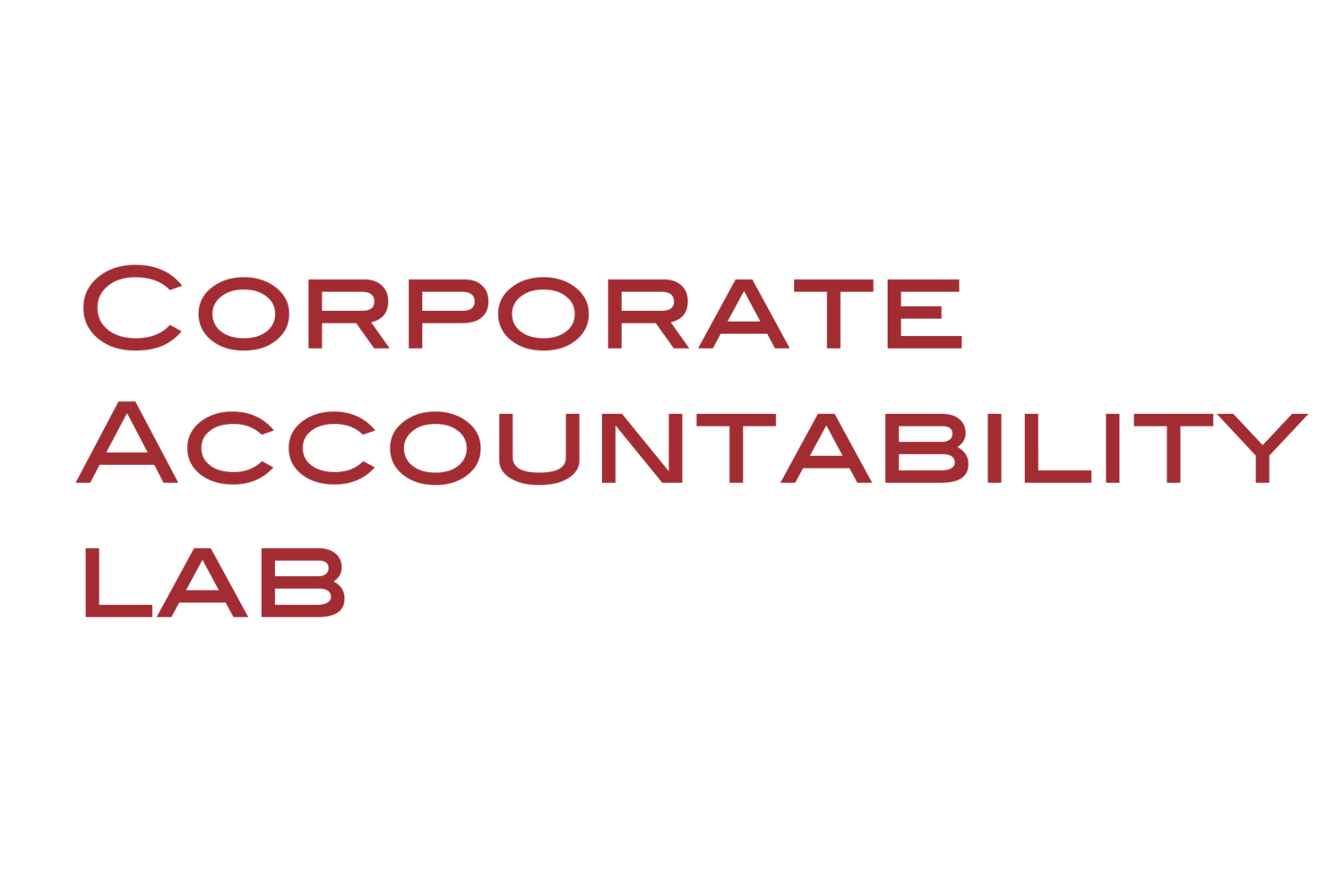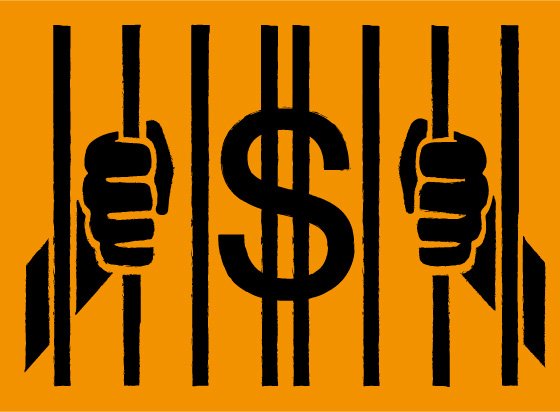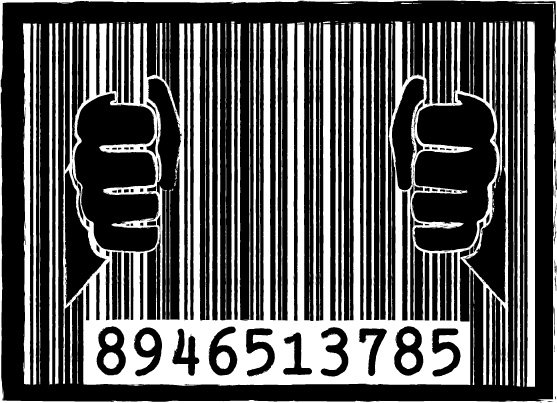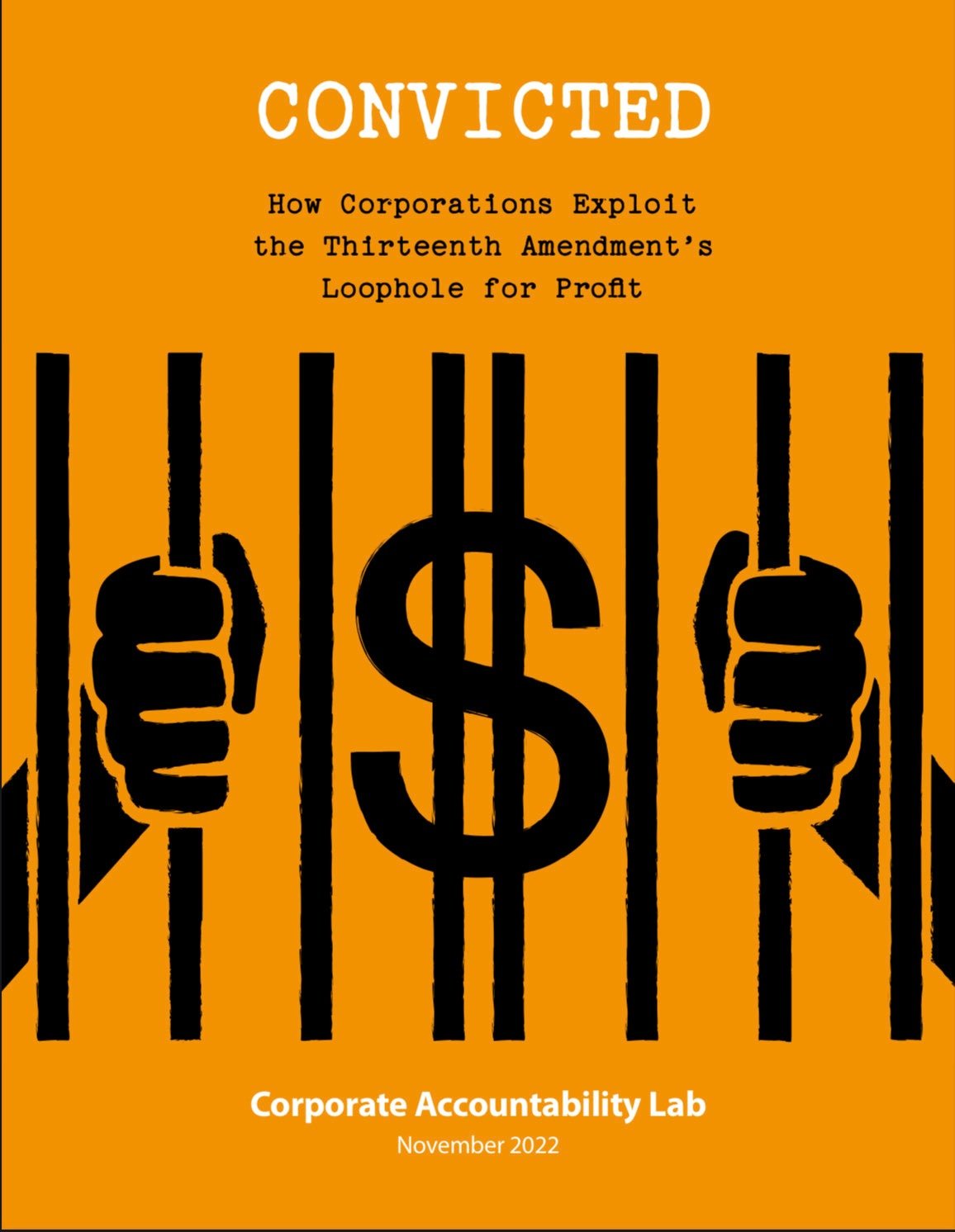Convicted
How Corporations Exploit the Thirteenth Amendment’s Loophole For Profit
November 2022
The history of slavery in the United States is closely connected to the history of our economy. Forced labor provided the basis for early-American private industry as much as the renowned ‘American ingenuity’ — and the country was not as willing to leave it behind after the Civil War as popular mythology suggests. To maintain profits, the rules governing slavery were carefully adapted into the notorious Jim Crow Laws and convict leasing. Today, these same rules have evolved into the modern carceral state, a structure sustained by mass incarceration and a growing prison economy that is open to corporate exploitation. The ongoing preservation of such staggering injustice is possible — and legal — because of fourteen words in the Thirteenth Amendment to the US Constitution:
Neither slavery nor involuntary servitude, except as a punishment for crime whereof the party shall have been duly convicted, shall exist within the United States.
That single phrase has allowed forced labor to continue in the United States since the Thirteenth Amendment’s ratification in 1865. The fruit of this forced labor is in the restaurants where we dine, the offices where we work, the homes where we live, the government coffers upon which we depend, and the bank accounts of small and large businesses around the world. This report aims to expose the extent of corporations’ exploitation of the US prison labor industry.
FORCED LABOR UNDER INTERNATIONAL LAW:
Under International Labour Organization (ILO) Convention No. 29, “all work or service which is exacted from any person under the threat of a penalty and for which the person has not offered himself [or herself ] voluntarily” constitutes forced labor. The ILO indicators of forced labor provide a framework that can help to establish whether a specific instance meets the threshold of forced labor.
The following indicators apply to many incarcerated workers in the United States, underscoring that the risk of forced labor in US prison industries is high:
-
Incarcerated individuals are in vulnerable situations in part by virtue of being cut off from the outside world and under the state’s control. Once incarcerated, individuals are reliant on the prison system for their jobs as well as for food, necessities, and basic privileges. Prisons and corporations abuse this vulnerability by forcing or coercing incarcerated individuals to work or to work in jobs they do not want.
-
Prisons, as institutions, exert control over where incarcerated individuals can and cannot be at all times. Incarcerated workers are not able to choose when to enter and exit their workspace. Their movements are often controlled by the state or the private employer partnering with or buying from the state or federal government.
-
Incarcerated workers are isolated from the free population and, for the most part, are not authorized to leave the prison or the work site. While prisons are often located in isolated, rural areas, prisons in urban centers still succeed at isolating their incarcerated population from the outside world.
-
Threats, such as the loss of privileges, loss of time earned, and the use of solitary confinement are often made against anyone who refuses to work. A recent report found that “[m]ore than 76 percent of incarcerated workers report that they are required to work or face additional punishment such as solitary confinement, denial of opportunities to reduce their sentence, and loss of family visitation, or the inability to pay for basic life necessities like bath soap.”
-
US federal and state laws permit correctional facilities to withhold wages earned by incarcerated workers, and this practice occurs across the country. In some states, incarcerated workers are not paid for their work at all. In others, they earn mere cents per hour, often for arduous work. Even in the federal Prison Industry Enhancement Certification Program, which requires companies to pay the “prevailing wage” in the area and for the work performed, 80 percent of wages (and in some cases even more) can be withheld from incarcerated workers.
-
Many of the jobs that incarcerated workers are engaged in are dangerous or demeaning. Workers have reported dangerous conditions and verbal abuse. Prison facilities are also notorious for abusive living conditions that are dirty, dangerous, and unfit for humans.
-
Although a less common indicator, some incarcerated workers have complained that they are forced to work excessively long hours. For example, during the spring of 2020, incarcerated workers in Pennsylvania had to work for twelve hours each day, six days a week, manufacturing personal protective equipment (PPE).
We believe that dismantling the carceral state is the only way to sever the link between profit and bondage. As we fight to build a new social, political, and economic orientation that is divorced from race, class, and punishment, the working conditions for those incarcerated must change too. We recommend the following short-term actions be a part of that process:
In the immediate term, the Thirteenth Amendment’s loophole must be eliminated, and incarcerated workers must be guaranteed the same protections and rights as all other workers. This includes paying incarcerated workers at least minimum wage, eradicating state and federal programs that allow wages to be withheld (even temporarily), and prohibiting all forms of threats and punishment for refusing to work. Incarcerated workers must have the right to organize and must be protected by the same health and safety standards that all other workers are subject to.
Moreover, state and federal governments must prohibit private entities from using prison labor in their supply chains — and companies themselves must adopt policies prohibiting hiring incarcerated workers and buying any good produced by incarcerated workers along the entirety of their supply chains. This should encompass both domestic and foreign suppliers, and companies must implement due diligence standards that require tracing and reporting publicly on 100 percent of their supply chains. Many incarcerated individuals want to work, and the highest paying jobs have often been those working for the private sector. We recognize incarcerated workers’ need to earn the higher — and yet still paltry — income from these jobs in the current system, yet reject that this is, or ever could be, the answer.
These reforms — although imperative — are insufficient. No amount of protection can rid the prison system of forced labor indicators like abuse of vulnerability, restriction of movement, and isolation. These are inherent qualities of incarceration in the United States, impossible to reform and addressable only by abolition. While we must fight for improved labor conditions and basic rights for the incarcerated, we cannot settle for incremental change. Rather, we must push — through legal, policy, and social means, and with as much creativity as possible — for an entirely new system free of all forms of exploitation.








